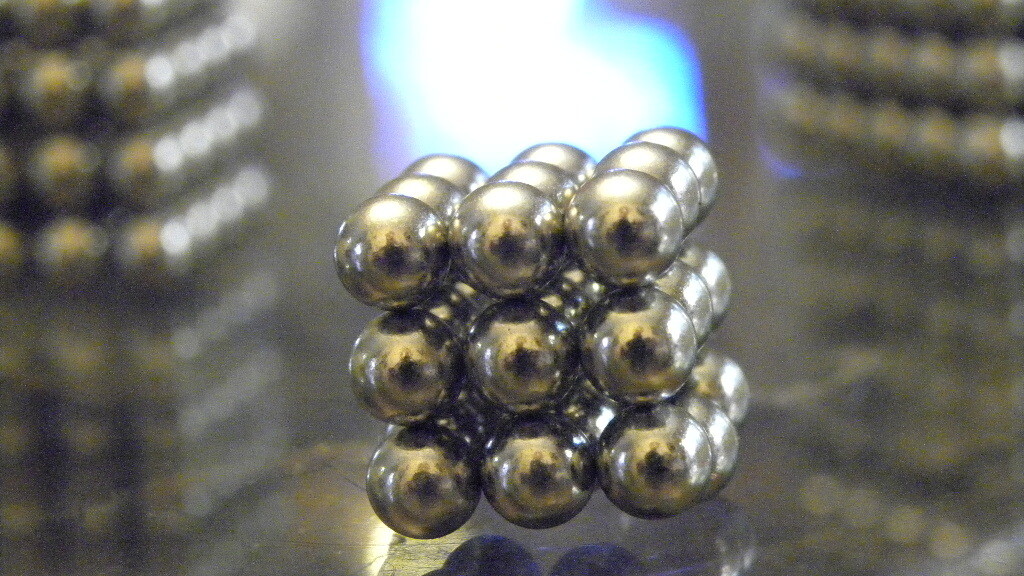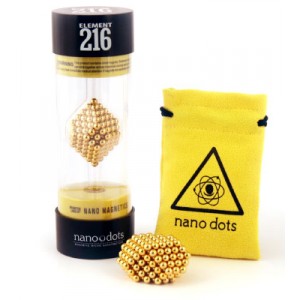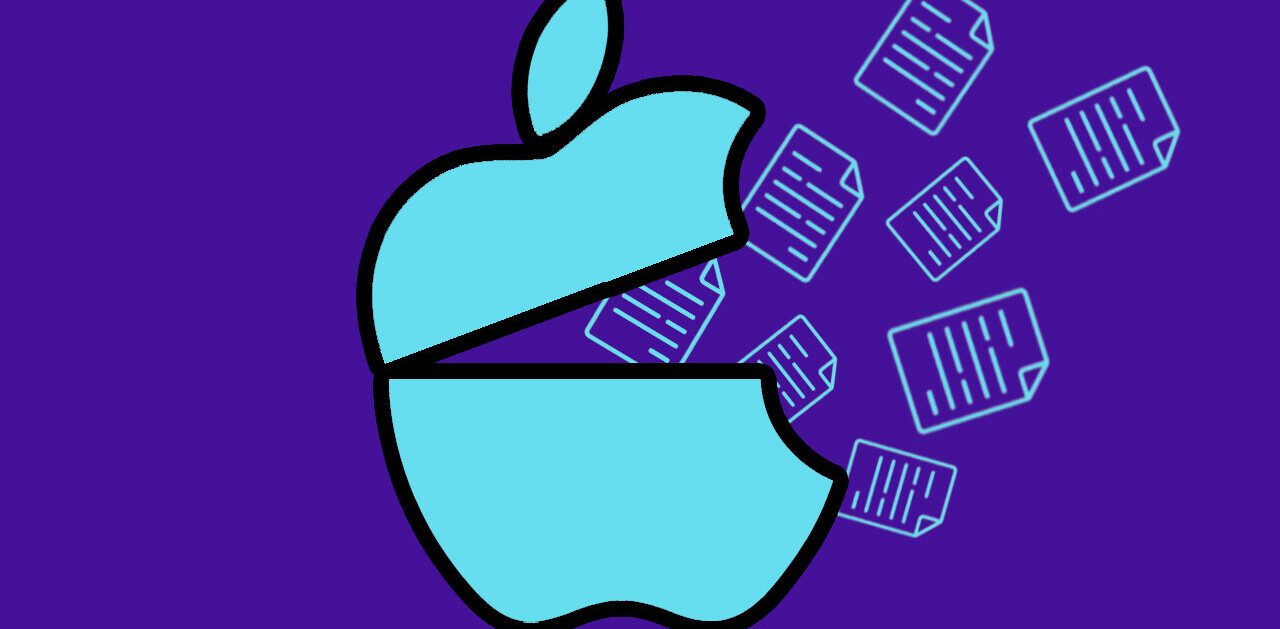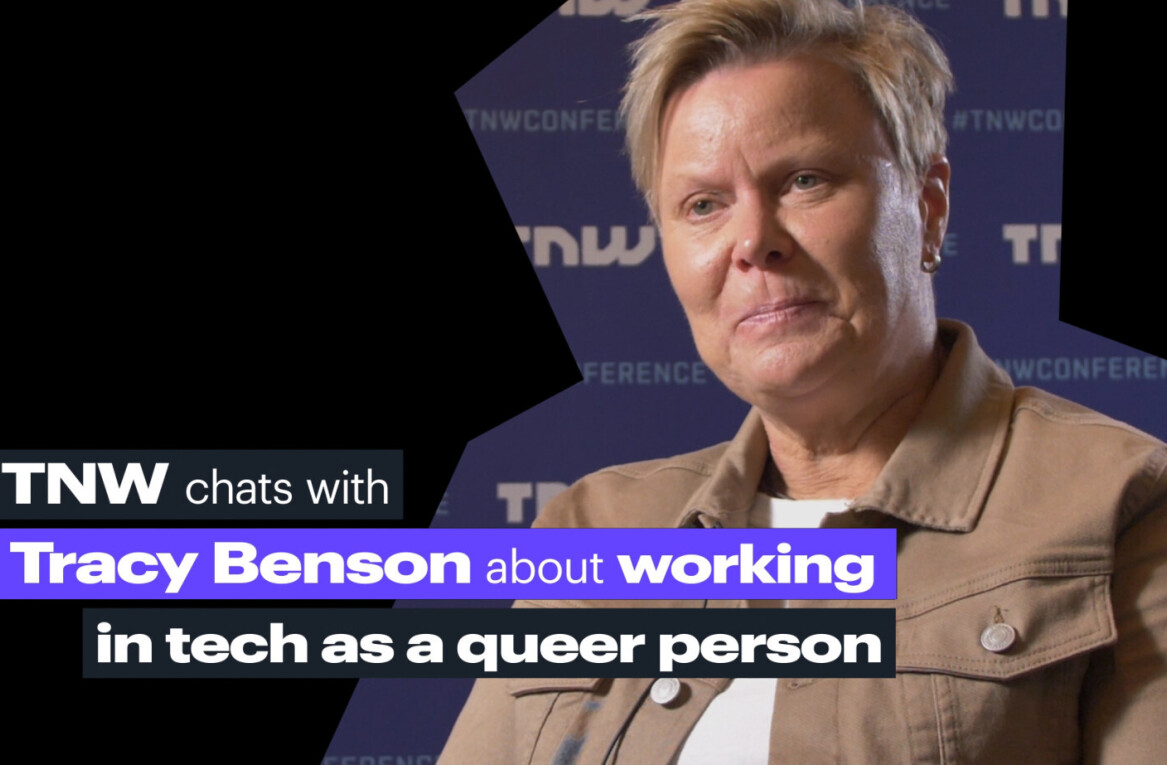
Sometimes I get toys to play with. A couple of months ago, I was talking on Twitter about playing with magnets, when my Twitter friend Ashley from ChickTech.com told me about Nanodots. These curiously-strong magnets, with their accessory Nanopad play surface, she said, were incredibly fun and I needed to try them for myself.
So try them I did. As sometimes happens on Twitter, the Nanodots team saw our conversation and offered to send me a few sets to try for myself. The package that arrived, to my pleasant surprise, was loaded to the gills with Nanodots, Nanopads and even a little laminated card called the MVF Splitter, which is a bit more than meets the eye.
First off, a word of warning — Nanodots are magnets, and they’re surprisingly powerful ones at that. As such, if you get them, don’t use them around your computer. As I’m sure you know magnets + data = bad.
 That said, the first thing that you’ll notice about Nanodots is the packaging. It’s a custom-designed tube, where dots of each color are presented for your viewing pleasure. 4 colors in all, each of them comes in their own tube, whether you order the Original, Black, Silver or Gold.
That said, the first thing that you’ll notice about Nanodots is the packaging. It’s a custom-designed tube, where dots of each color are presented for your viewing pleasure. 4 colors in all, each of them comes in their own tube, whether you order the Original, Black, Silver or Gold.
Each tube contains 216 (211, formed together, plus 5 spares) Nanodots, plus a handy pouch for storage. Oh, and the tubes are designed to be repurposed, so don’t go cutting them open. Just slide the end off, take out your Nanodots and then find something else for which you can use the tube.
I was concerned, initially, that the outer coating of the Nanodots might start to flake or peel. Fortunately, after literally 100+ hours of my kids playing with them, I’ve seen no such behavior yet. Whatever process that the Nanodots team uses to add the color to the magnets is flawlessly resilient.
The next things in my care package were two Nanopads. These are rolled up pads that can be laid out as a “playing surface” for your Nanodots. They’re infused, I would believe from their so-named FeWeave technology, with iron, making for a highly magnetic surface. The outside coating, however, is a velvet-soft fabric-like material.
Finally there is the MVF Splitter. Roughly the size of a business card, the splitter allows you to carve off a few Nanodots at a time in a considerably easier manner than what you’d be able to do with your fingers. Also, there’s a counter on the splitter that helps when you’re trying to build projects that require more precision. Oh, and there’s a pretty cool magnetic-responsive fluid that’s inside of the lamination, just for another fun bit for your dots.
What’s incredibly cool about Nanodots is not only the dots themselves, but also the community that has built up around them. Across Twitter you’ll find dedicated fans, but there’s no bigger collaboration site than Dotpedia. It’s a place to upload and share your Nanodots creation, as well as to vote on and gather ideas from the others that have been placed on the site.
Nanodots aren’t exactly cheap, at $35 to $45 per set, depending upon color. But they’re hugely resilient and should last you just short of forever. If you’ve been looking for the perfect office toy, something that can inspire and capture your design creativity, Nanodots absolutely need to be on your shopping list.
➤ Nanodots
Get the TNW newsletter
Get the most important tech news in your inbox each week.




